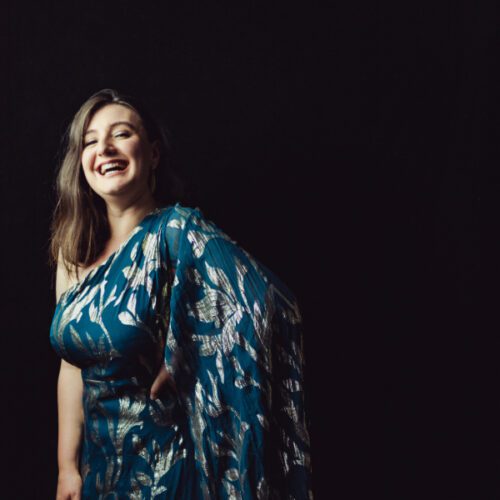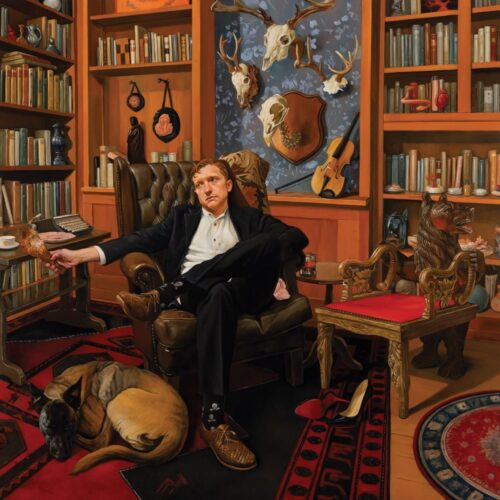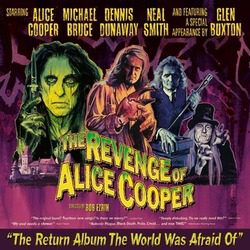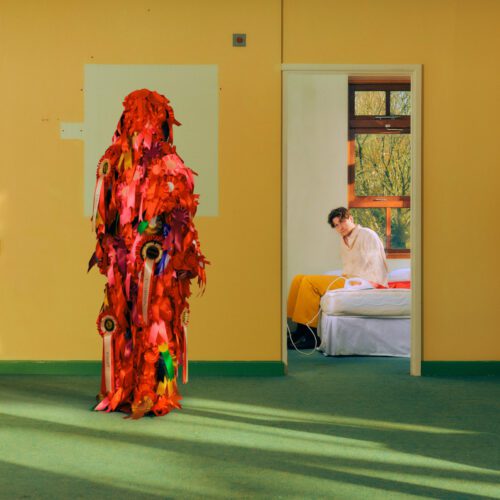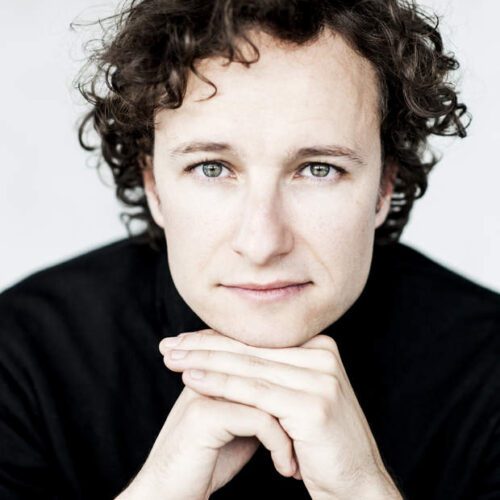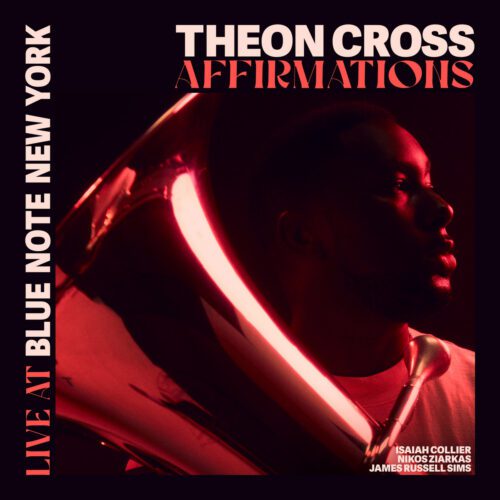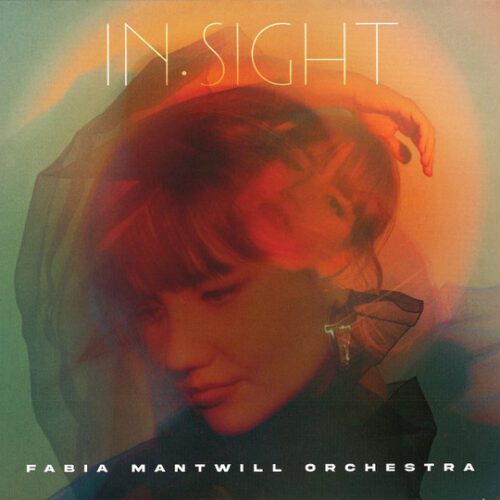Rakhi Sing is a British composer, violinist and founder of the excellent Manchester Collective, an audacious young chamber orchestra that redefines the live experience of classical and contemporary music. In Montreal, Collectif9 is her spiritual cousin.
In short, Sing has just released Purnima, a highly personal album in which she is both performer and composer, in a program of eight pieces by composer friends (Alex Groves, Emily Hall, Michael Gordon and Julia Wolfe). While the violin is central to the approach of the works on the program, electro is also very much in evidence, either as a panoramic atmosphere or more obviously through a synth-pop-inspired pulse. We’re swimming in benevolent contemporary minimalism, infused with ambient, reverberating electro and, as mentioned above, art pop. Alex Grove’s Trace I, Sing herself’s Sabkha and Emily Hall’s Outshifts are from the former, while the playful beats, stylish bass and elegant glitch of Michael Gordon’s Tinge are from the latter. Another Gordon piece, Light is Calling, a sort of digital-acoustic dream journey, is reminiscent of an Arvo Pärt remix by Thriftworks.
But the album’s centerpiece is Julia Wolfe’s LAD. It’s the most demanding piece (and the longest, too, at 17 minutes) on the album. Ascending, multi-tracked glissandos superimpose and add up to a major unison. This serves as a springboard for appoggiatura melodic motifs that resound like multiple bagpipes in solemn procession, eventually metamorphosing into a dignified Scottish jig, but rather ghostly, embraced as it is in a veil of undulating, enveloping vibrations inherited from the preceding unison chord. This is no coincidence: LAD is first and foremost a piece written for nine bagpipes! The arrangement here for a single violin to perform all the voices is monumental and very impressive. I suspect Hans Zimmer drew inspiration from it in his Dune soundtrack, where the Atreides’ solemn arrival on Arrakis (Dune) is accompanied by a contemporary-sounding chorus of bagpipes. The piece ends abruptly, with increasingly dissonant flights of violin, shaking the tonal solidity of the chord held and maintained in the background. Wow!
Here’s contemporary music rooted in our times and in the return of a tonality proudly displayed and, above all, renewed.

